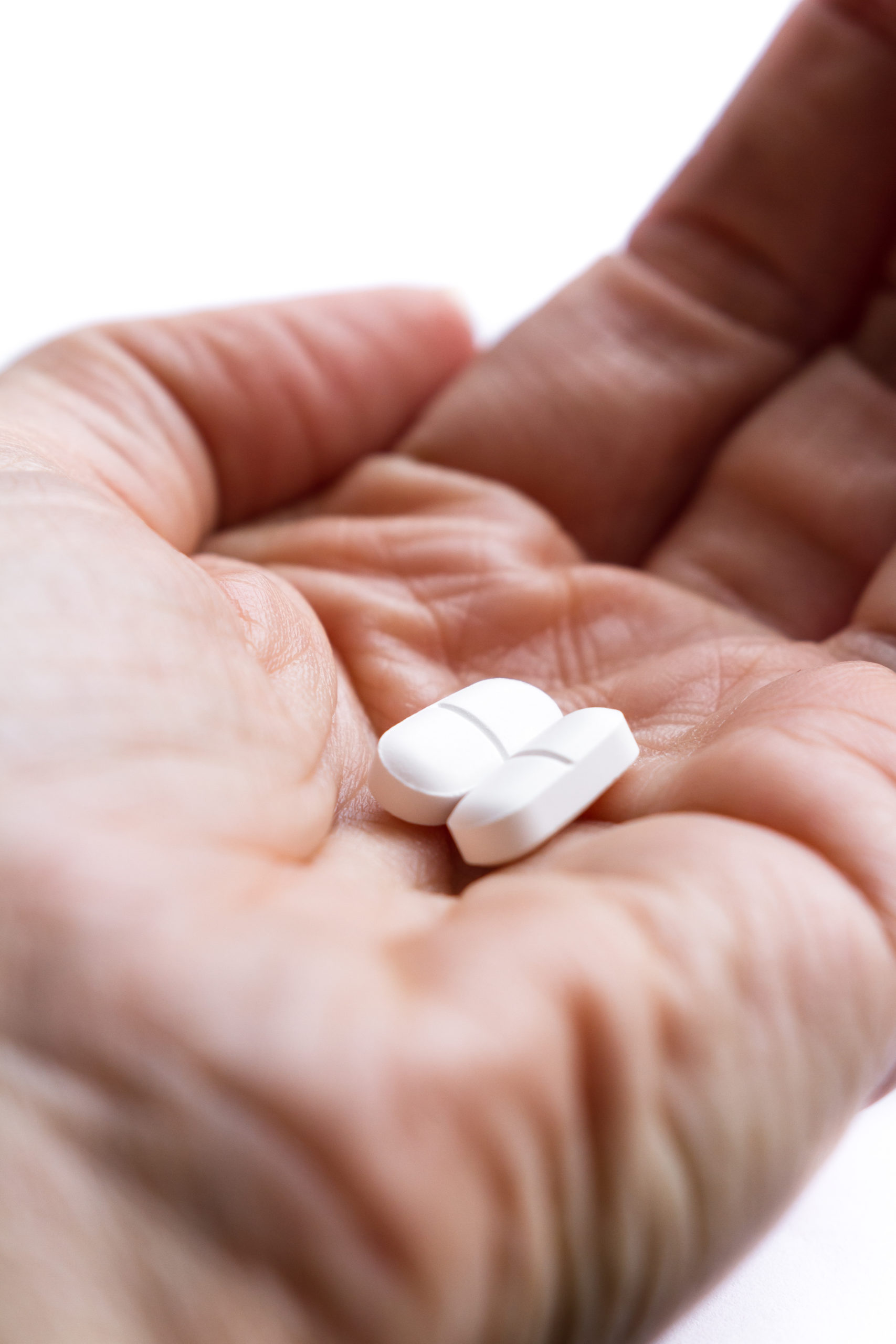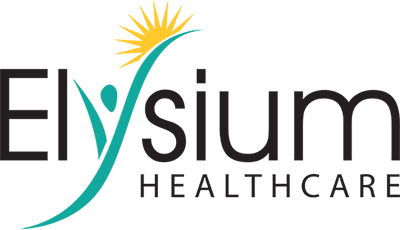
Opioids are a group of synthetic drugs that are related to opium, they are used as painkillers and prescribed to patients as needed. Similar to their closely related cousins, opioids can be addictive and prompt abuse. Opioid addiction is considered an epidemic in America and a serious social problem, it has claimed the lives of over 16,000 people in 2020, making up around 16% of all drug-related drugs since 1999, that year alone.
Because opioids are prescribed to patients from all walks of life, it’s very possible that even those who are not users of illegal drugs could fall victim to its claws, developing dependency and the need for rehab.
Understanding what are the signs of opioid use can help us gauge if someone we care for who is using the medication could be at risk of addiction.
What Does Opioid Use Look Like?
Figuring out if someone is abusing opioids is not as straightforward as it would be with other drugs, particularly if the patient is taking it as a prescription. Those using opioids may be suffering from pain because of a surgery or disease, this causes an inherent moral conflict which makes it difficult for families to assess their condition and provide them with the support they need.
On the other hand, users may become addicted to opioids and seek to continue using them after their medication is no longer needed. Assessing this case may be easier as the signs and symptoms of opioid use will be noticeable.
So what are the signs of opioid use then?
When looking out for signs and symptoms two categories stand out; behaviors and physical symptoms.
Behaviors
People who are using opioids will exhibit several behaviors that can be noticed by those around them, they include:
- Craving more opioids than prescribed by a doctor
- Lying about being their pain to take more medication
- Taking them “Just in case” or buying extra as a “backup”
- Having mood swing which includes slashing out negatively and hostilities
- Difficulty sleeping or sleeping for too long
- “Losing” medication
- Medication runs out too quick
- Abnormal fatigue
Physical
Behaviors are not the only way to notice if someone we love may be abusing opioids, there are many physical signs and symptoms that could point to a problem. They include:
- Pinpointed pupils
- Slurred speech
- Constantly appearing spaced-out or drowsy
- Slower movements
- Low blood pressure
- Low body temperature
- Feeling euphoric
- Shows withdrawal symptoms
The Moral Dilemma
Family and friends can be enablers, we may feel compelled to assist our loved ones in getting more prescriptions for them or letting them go along with their addiction, it can be very difficult, particularly when there is an underlying medical issue; however, it does more harm than good and those closest to the addict must find the courage to seek help so they may get the support they need.
You are better prepared to help now that you understand what are the signs of opioid use. Consider changes you may notice in their prescription use and make sure to always consult with a doctor before making any changes to how they take the medication.
What to Do If Signs of Opioid Use Are Present
If a loved one is showing signs of addiction you must not waste time, it’s important to contact an addiction expert as soon as possible to discuss the options available for the addict. An early catch may certainly alleviate the situation.
Elysium Healthcare is an expert in addiction treatments and will be able to assist you every step of the way.
Contact Elysium today, to get your loved ones the help they need.








No comment yet, add your voice below!